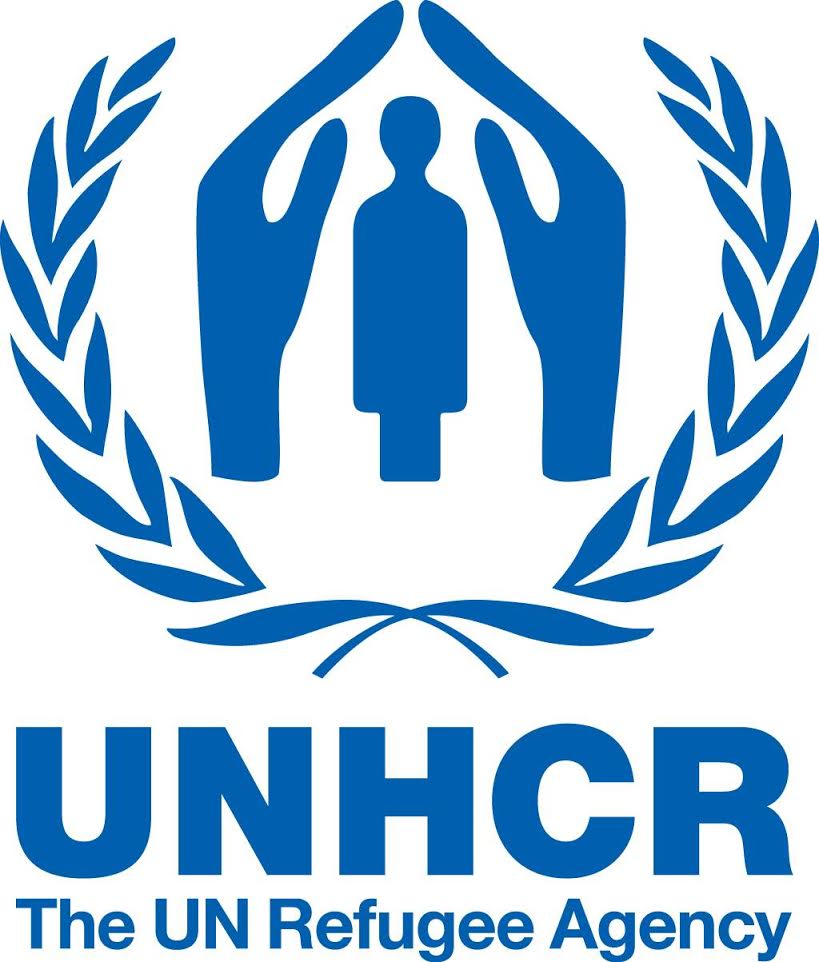
United Nations High Commissioner for Refugees (UNHCR)
Haut commissariat des Nations Unies pour les réfugiés (HCR)
Oficina del Alto Comisionado de las Naciones Unidas para los Refugiados (ACNUR)
Search Open Yearbook
This information is part of the Open Yearbook, a free service of UIA's subscription-based Yearbook of International Organizations (YBIO). It includes profiles of non-profit organizations working worldwide in all fields of activity. The information contained in the profiles and search functionality of this free service are limited.
The full-featured Yearbook of International Organizations (YBIO) includes over 72,500 organization profiles, additional information in the profiles, sophisticated search functionality and data export. For more information about YBIO, please click here or contact us.
The UIA is a leading provider of information about international non-profit organizations. The aim of the Open Yearbook is to promote the activities of international non-governmental organizations (INGOs) and intergovernmental organizations (IGOs).
Contact Details
URL: http://www.unhcr.org/
Twitter: https://twitter.com/refugees
Facebook: https://www.facebook.com/UNHCR
Instagram: https://www.instagram.com/refugees/
Youtube: https://www.youtube.com/c/unhcr
LinkedIn: https://www.linkedin.com/company/166589/admin/
TikTok: https://www.tiktok.com/@refugees?lang=en
Founded
1951-01-01
History
Established initially for a 3-year period, by General Assembly Resolutions: 319 (IV) of 3 Dec 1949; 428 (V) of 14 Dec 1950. Subsequently, the mandate of the High Commissioner's Office was renewed at 5-year intervals until 2003 when the time limitation was removed and the mandate extended until the refugee problem is solved, by General Assembly Resolution 58/153 of 22 Dec 2003. Previous organizations from which UNHCR developed were: H-XU7164 - League of Nations High Commission for Refugees, set up in 1921, within the framework of H-XH2906 - League of Nations; H-XH2968 - Nansen International Office for Refugees, set up 30 Sep 1930, Geneva (Switzerland), replacing the High Commission as an autonomous body under the authority of the League; 'High Commission for Refugees coming from Germany', set up in 1933; H-XH0223 - Office of the High Commissioner for Refugees under the Protection of the League, established 1 Jan 1939, London (UK), superseding these two latter bodies. UNHCR is not a specialized agency but a programme within the F-XF1000 - United Nations System, forming an integral part of A-XA3375 - United Nations (UN) linked to the General Assembly and to E-XE3377 - ECOSOC. Based in Geneva (Switzerland).
Aims
Provide international protection to refugees and seek durable solutions to their plight; extend assistance to other groups, notably returnees, internally displaced, stateless persons and others in need of international protection.
Events
114 past events available with paid subscription only.Activities
Available with paid subscription only.Structure
High Commissioner, elected by UN General Assembly on nomination of the UN Secretary-General, reports directly to the General Assembly, and to ECOSOC on coordination aspects. Present High Commissioner is Filippo Grandi (Italy); his term in office began 1 Jan 2016 and currently extends to 2020. Executive Committee of the High Commissioner's Programme (ExCom), meets annually in October in Geneva (Switzerland) and currently comprises 102 members. ExCom was established in 1958 under the terms of General Assembly Resolution 1166 (XII) and ECOSOC Resolution 672 (XXV). It authorizes the Office's annual programme of material assistance and provides advice to the High Commissioner, at his/her request, in the exercise of his/her mandated functions.
Languages
Available with paid subscription only.Staff
Available with paid subscription only.Annual Budget
Available with paid subscription only.Finance
Available with paid subscription only.Relations with Inter-Governmental Organizations
Available with paid subscription only.Relations with Non-Governmental Organizations
Available with paid subscription only.Publications
Available with paid subscription only.Members
Available with paid subscription only.Type I Classification
Available with paid subscription only.Type II Classification
Available with paid subscription only.Subjects *
Available with paid subscription only.UN Sustainable Development Goals **
UIA Org ID
XE3016
Last News
2022
** UN SDGs are linked to the subject classification.
← return to your search page to find additional profiles.
UIA allows users to access and make use of the information contained in its Databases for the user’s internal use and evaluation purposes only. A user may not re-package, compile, re-distribute or re-use any or all of the UIA Databases or the data* contained therein without prior permission from the UIA.
Data from database resources may not be extracted or downloaded in bulk using automated scripts or other external software tools not provided within the database resources themselves. If your research project or use of a database resource will involve the extraction of large amounts of text or data from a database resource, please contact us for a customized solution.
UIA reserves the right to block access for abusive use of the Database.
* Data shall mean any data and information available in the Database including but not limited to: raw data, numbers, images, names and contact information, logos, text, keywords, and links.